Beginner Flow with Cristina McClure, RYT | Monday, 5:30PM
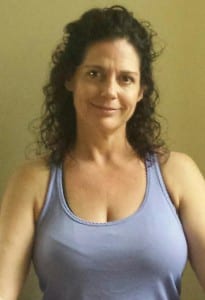 Cristina has been on the path of practicing yoga since 2003. She has been called to help others in discovering the many health benefits as well as the peace of mind that yoga inspires. The Yoga Asanas are the tools that she uses on her journey of self-discovery and she is honored to have the chance to share this journey with others. Cristina desires to offer guidance and support along the Path to anyone that earnestly seeks a healthy, more holistic life. The practice of yoga is more than just exercise, it is strongly encouraged that all serious yoga practitioners explore all eight limbs of yoga and discover for themselves the peaceful nature of reality.
Cristina has been on the path of practicing yoga since 2003. She has been called to help others in discovering the many health benefits as well as the peace of mind that yoga inspires. The Yoga Asanas are the tools that she uses on her journey of self-discovery and she is honored to have the chance to share this journey with others. Cristina desires to offer guidance and support along the Path to anyone that earnestly seeks a healthy, more holistic life. The practice of yoga is more than just exercise, it is strongly encouraged that all serious yoga practitioners explore all eight limbs of yoga and discover for themselves the peaceful nature of reality.
The Asanas are where we start to cultivate strength in the body and calm the mind. Sharing her knowledge with others is Cristina’s good fortune. “I enjoy helping people, it starts with taking care of our bodies, when our bodies are clean and healthy we are able to think with more clarity and begin to live life from a more divine and spiritual place. I believe that I am a servant of the community and I attempt to make the world a better place, one person, and one breathe at a time.”
Cristina is also a licensed hairstylist and has a hair studio in the Rocky Hill area of West Knoxville named Yellow Sky Salon where she also offers expertise and sales of DoTerra essential oils.
Cristina teaches many forms of yoga including: Ashtanga, Vinyasa, Power, Restorative and Yin.
You can reach Cristina at winfordmcclure@yahoo.com
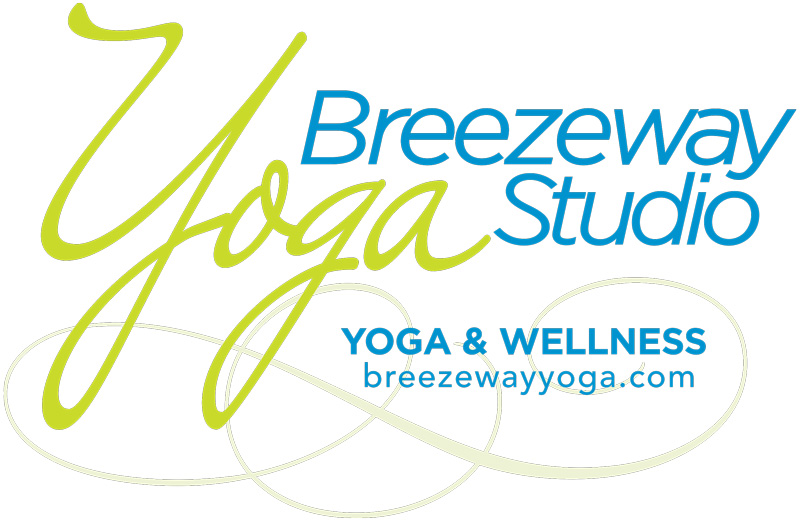

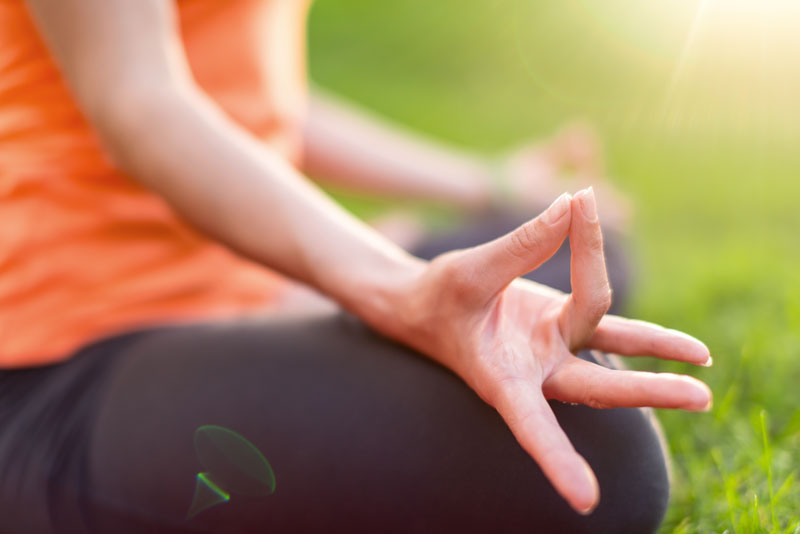

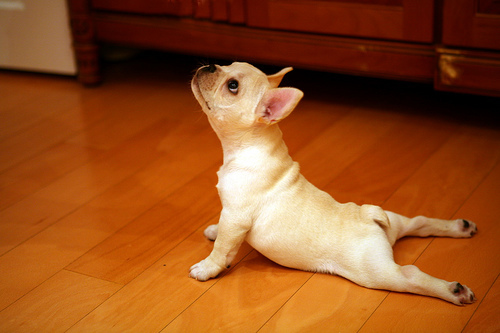
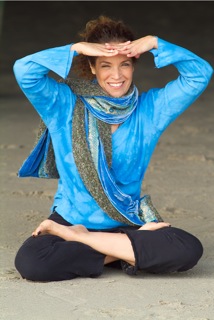
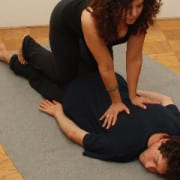


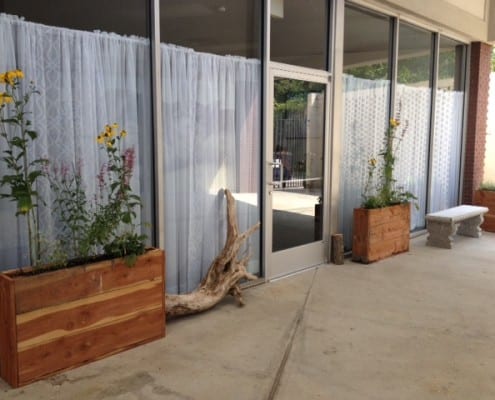 The planters are planted, the draperies are hung, the flowers are blowing lightly in the breezeway. Isn’t our entrance inviting?
The planters are planted, the draperies are hung, the flowers are blowing lightly in the breezeway. Isn’t our entrance inviting?